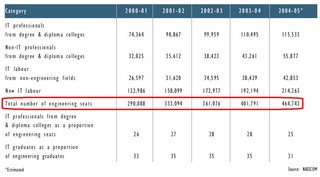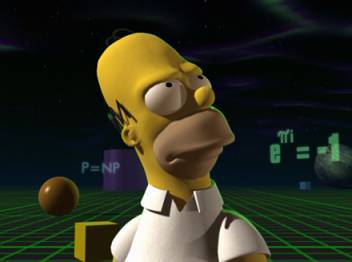
So, goes a saying from one
very good graphic novel -
Alan Moore's
Watchmen.
It has been discussed, discarded, adored, hated, misunderstood, philosophized before...but I would like to add my two cents here...
What makes a
superhero ? According to the popular Greek myth by
Pindar, a
hero is defined as...
the offspring of a human and a God.
Hmmm...then all the mythical stories around the world from time immemorial, hundreds of thousands would qualify as a hero. But an addition, also by Pindar clarifies it a great deal more...
the offspring of mortals and the gods or those who had done a great service to mankind.
So, more
superheroes of current folklore, would fall under this category. For
a more precise definition, we have...
A superhero is a fictional character who is noted for feats of courage and nobility and who usually has a colorful name and costume and abilities beyond those of normal human beings. A female superhero is often called a superheroine.
But then again, Graphic Novel artists and writers have often clarified differences between
metahumans (such as
Superman) and regular humans (such as
Batman), who with their amazing willpower, training and the use of technology, are able to help the lost causes of humanity.
But in almost all instances, there is a common thread...that of the
sanctity of life...the fact that

even a single life-form is sacred...and great efforts must be made to force this ideal on others. Too often, we have seen the superheroes, our cherished ideals, fall down to the depths of depression and self doubt, either because they have failed to protect this ideal, or have been guilty of taking lives themselves...more often than not, inadvertantly.
This, at times seems to be a short-sighted view of everything...much as they harp on the value of life, they are quite unwilling to go to the next logical step to make sure of the safety of humanity and life as a whole...one would think perhaps that the ideal for a single life and that for humanity are the same...but more often than not, it isn't...it could be quite contrary. In real-life, the classic example is that of
Hitler. Would humanity have been better off, if he had never existed ? Or if someone had killed him off before he became the
Fuehrer ? Most people will enthusiastically answer : "
yes" ! In the comics world, would humanity have been better of if the Batman had disposed of
Joker, or if Superman had killed off
Lex Luthor the first time they committed heinous crimes against others ? Perhaps, yes ! The idea stems from the thought that these vile creatures are better off under the ground than alive and tormenting others...but the superheroes in question, would
never commit such an act. It would go against their entire belief system...
While the choices to kill Hitler, the Joker, or even Lex Luthor are easy to make for most people (the lesser evil concept), what if a superhero (or an ordinary person even) decided that millions of ordinary people must die for the betterment of humanity ? And suppose we have a machine that allows us to see
accurate alternate futures based on our current decisions...so, we are guaranteed that humanity will prosper and grow much better if say we were to kill off an entire city with millions of people, whatever the reasons may be. Would it be possible for a superhero to make that kind of a long-term decision? It would be an extremely nerve-wracking decision for a single, ordinary human being, but superheroes, with their greater thought processes and abilities are supposed to be able to handle such tensions and difficulties. Would they correct no matter what path they chose ? Would I be able to adulate and adore someone who I know was personally responsible for the deaths of my dear ones, but who has made life for everyone on the planet a lot better and safer ?
Alan Moore is able to exploit such conundrums with his writing in the
Watchmen (and also in
V for Vendetta). He is a writer par excellence, always taking the regular heroes, and then
humanizing them - showing them for what they really are...somehow along the lines, with our versions of clean-joe Superman, or the super detective Batman, we seem to have lost the idea that ordinary people can also come up to be superheroes...they may come from the filthy alleys or from high executive offices....from regular 9 to 5 workers to hollywood starlets...they can all don the costumes and the ideals, but they have their own commercial and selfish interests at heart...fame, fortune, money, or even a misguided sociopathic ideal. They may not be able to separate themselves from their costumed identities just because the mask has come off.
Even the smartest, most powerful of entities may not be able to make the difficult choices - should one provide guiding lights for humanity as a whole, no matter what the costs, or just tackle the everyday
mundane problems, and hope that the future will work itself out, even if it looks extremely bleak? What are the ethics of such decisions ? What if someone decided to take it upon himself to forcefully make the decision? Are we sure we want someone to have even the
power of such a thought ?











